Fortis Belize – The Renewable Energy Expert
Fortis Belize operates three hydroelectric facilities, the Mollejon, Chalillo, and Vaca dams, on the Macal River and produces renewable energy that is sold to Belize Electricity Limited. The water used for power generation passes through unchanged and remains safe for agriculture and recreational use. The location of the dams also helps to minimize the risk of flooding to downstream communities. Tonight, we look at the company’s operations in western Belize. Here’s News Five’s Isani Cayetano.
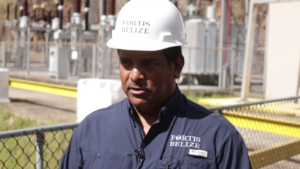
Tedford Pate
Tedford Pate, Operations Manager, Fortis Belize
“As you can see in the background, we have our dam across the river. That is what creates the main storage in a hydroelectric facility. Without the water, it is impossible for us to produce power.”
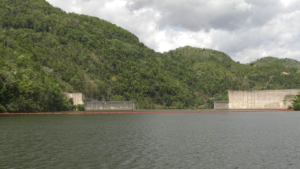 Isani Cayetano, Reporting
Isani Cayetano, Reporting
Tedford Pate has been in the energy sector for the past twenty-nine years. As operations manager at Fortis Belize Ltd., he oversees all activities concerning the production of hydroelectricity across three dams that straddle the Macal River in western Belize. These facilities are off limits to the average wanderer. Today, we’re taking a tour of Vaca, the newest power station built by Fortis that generates one hundred percent renewable energy.
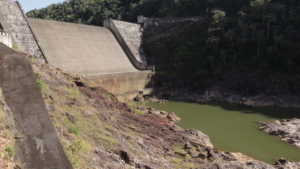 Tedford Pate
Tedford Pate
“This one was commissioned in 2010 and here, we generate a maximum of nineteen megawatts. The plant houses two nine-megawatt generator turbines and a one-megawatt turbine. So that gives us a total of nineteen megawatts.”
The purpose of Vaca is to provide electricity during higher demand periods and in the dry season. As many as two point eight billion gallons of water are held back by this dam that is operated using a run-of-river system. Altogether, the Mollejon, Chalillo and Vaca dams can meet forty percent of the country’s electricity needs. Belize Electricity Ltd. purchases all the power that Fortis produces from the Macal River.

Omereyon Fregene
Omereyon Fregene, Manager, Energy Supply, B.E.L.
“The hydro dams don’t always have water twelve months of the year, so we have to manage that also and make sure we use it in the most efficient and optimized manner.”
Inside the plant, a narrow winding stairwell descends several floors below to a humming turbine. This mechanical device extracts energy from the constant flow of water from the river above and converts it into useful work that can be used for generating electrical power when combined with a generator.
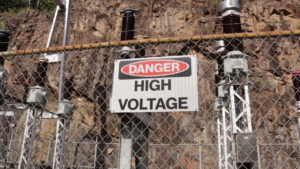 Tedford Pate
Tedford Pate
“So as the water enters into the power plant, it passes through a series of controls for safety purposes. So we have what we call a main turbine shutoff valve and then we have wicket gates that allows the water to pass into the turbine. That then spins the turbine that is connected to the generator by a shaft, and as that spins, the generator itself produces the power. The water continues down the river to its normal flow. The power now that comes out from the generator is transmitted to the substation, as you can see in the background.”
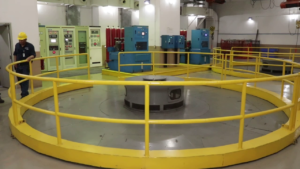 From there, it undergoes another process, as explained by BEL’s Manager of Energy Supply.
From there, it undergoes another process, as explained by BEL’s Manager of Energy Supply.
Omereyon Fregene
“They convert that energy to electricity and once their plants have been able to convert that energy to electricity, they send that electricity through a transformer. So what the transformer basically does is, they produce electricity at a certain voltage level, the transformer takes it up to a higher voltage level so that then we can send that electricity all the way to our customers because these generation facilities, as most people would know, are mostly in remote areas.”
Vaca, much like its sister dams, sits in the far-flung reaches of Cayo District. In March 2007, Fortis Belize and BEL signed a fifty-year power purchase agreement related to electricity generation by the Vaca hydroelectric facility. Isani Cayetano for News Five.





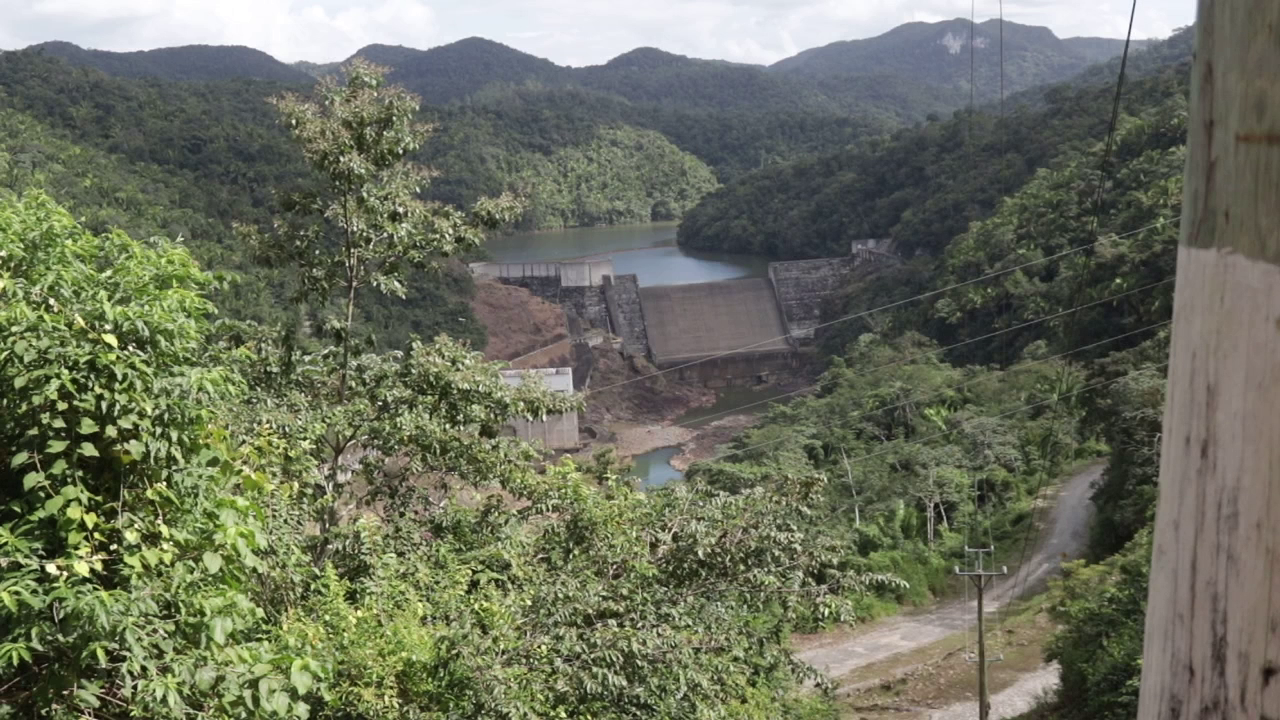

Facebook Comments